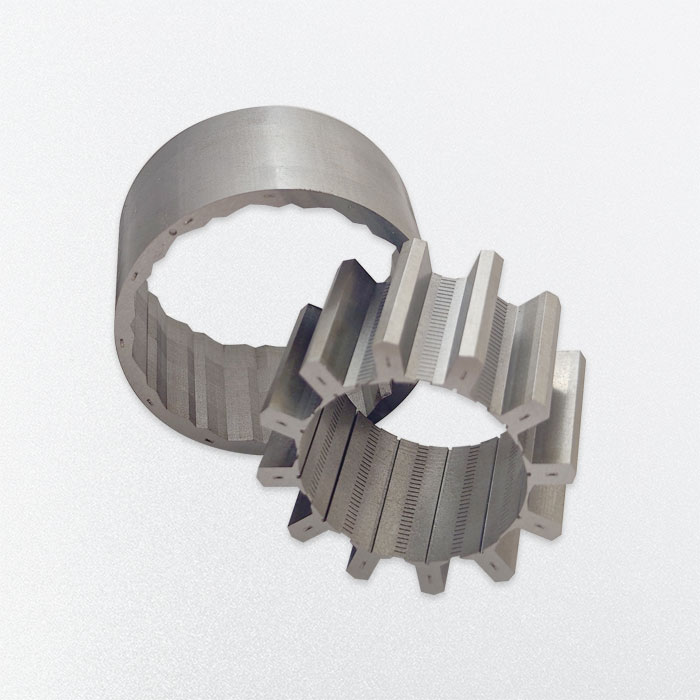In modern automotive design, energy efficiency, durability, and performance are key considerations, particularly in areas like heating, ventilation, and air conditioning (HVAC) systems. Traditionally, these systems have relied on brushed DC motors for fan control and air distribution. However, recent advancements in brushless DC motors (BLDC) are revolutionizing automotive HVAC systems. This shift brings significant advantages in terms of efficiency, reliability, and noise reduction, all of which contribute to enhanced driving comfort and vehicle performance. In this article, we’ll explore how BLDC motors, including innovations like outrunner BLDC motors, are transforming the way automotive HVAC systems operate.
Table of Contents
The Basics of Brushless DC Motors in Automotive Applications
The brushes and commutators that are a part of conventional brushed motors are not present in a brushless DC motor. Instead of mechanical commutation, BLDC motors use electronic controllers to manage the motor’s performance. Because there are fewer moving components, the motor is more dependable and efficient, which lowers wear and increases the motor’s lifespan.
In automotive HVAC systems, these characteristics are critical. The motor must be able to handle continuous operation over long periods, adapt to varying speed demands, and operate quietly to maintain cabin comfort. BLDC motors, with their precision control and high efficiency, meet these requirements while also consuming less power, which is especially important in electric vehicles (EVs) where energy conservation is paramount.
Efficiency Gains in HVAC Systems
One of the most significant advantages of using BLDC motors in automotive HVAC systems is their superior efficiency. Traditional brushed motors lose energy through friction between the brushes and the commutator, resulting in heat generation and reduced efficiency. This design lowers the HVAC system’s overall energy consumption by allowing BLDC motors to transfer a larger proportion of electrical energy into mechanical power.
In electric vehicles, where power efficiency directly impacts range, the energy savings offered by BLDC motors are particularly valuable. By using less energy to run the HVAC system, more battery power is available for driving, extending the vehicle’s range between charges.
Increased Reliability and Durability
HVAC systems in vehicles are subject to continuous use in various environmental conditions, from extreme heat to freezing cold. Brushless DC motor manufacturers have created motors that are especially made to withstand these challenging circumstances. BLDC motors have a longer operational life and require less maintenance than their brushed counterparts because they don’t have brushes that deteriorate with time.
Additionally, BLDC motors’ electronic control systems enable exact torque and speed control. This improves the overall performance of the HVAC system by ensuring that fans and blowers operate at optimal speeds for different conditions, reducing wear and tear on the motor itself. This reliability is a key reason why BLDC motors have become the preferred choice for many automotive manufacturers.
Quiet Operation for Enhanced Comfort
Noise levels inside a vehicle can greatly affect the driving experience, and one of the traditional complaints about brushed motors is the noise they generate due to the constant friction between brushes and the commutator. The use of outrunner BLDC motors in HVAC systems addresses this issue, offering much quieter operation.
An outrunner BLDC motor has the rotor outside the stator, providing higher torque at lower speeds, making it ideal for applications like HVAC fans where variable speed control is necessary. Additionally, these motors have very little vibration, which makes the cabin atmosphere calmer and cozier. This quiet operation is especially important for premium and luxury vehicles, where the expectation for a serene interior is higher.
Small Design to Save Space
Smaller, more potent components are becoming more and more necessary as automobile designs get more streamlined and compact. BLDC motors are compact, allowing them to be integrated into HVAC systems without taking up excess space. The ability to design HVAC systems that are both efficient and space-saving makes BLDC motors an attractive option for modern vehicles.
In particular, brushless DC motor manufacturers have developed specialized outrunner BLDC motors that provide higher torque in a more compact form factor. This enables automotive designers to create more efficient HVAC systems that can fit into smaller spaces without sacrificing performance.
Integration with Smart Vehicle Systems
Another revolutionary aspect of BLDC motors in automotive HVAC systems is their ability to integrate with advanced vehicle control systems. Modern vehicles are increasingly equipped with smart technology that can adjust the HVAC system based on real-time data, such as cabin temperature, humidity levels, and the number of occupants. BLDC motors, with their precision control and electronic commutation, are easily integrated into these systems, enabling more dynamic and efficient HVAC control.
For example, some advanced HVAC systems can adjust fan speeds automatically to maintain optimal temperature and air circulation based on sensor data. BLDC motors allow for smooth, gradual changes in fan speed, providing a more consistent and comfortable cabin environment for passengers.
Conclusion
As the automotive industry continues to evolve, brushless DC motors are playing a crucial role in improving the performance, efficiency, and reliability of vehicle HVAC systems. Their ability to deliver high efficiency, quiet operation, and long-lasting durability makes them an ideal choice for modern vehicles, especially as the demand for electric and hybrid cars grows. Innovations such as outrunner BLDC motors are pushing the boundaries of what these motors can achieve, further enhancing the comfort and energy efficiency of automotive HVAC systems. For automakers, partnering with a brushless DC motor manufacturer is key to staying at the forefront of this revolution in vehicle design.
Incorporating BLDC motors into automotive HVAC systems not only improves passenger comfort but also contributes to the overall efficiency and sustainability of the vehicle, making them a critical component in the future of automotive technology.













:max_bytes(150000):strip_icc()/GettyImages-522272311-5949bdc15f9b58d58a035319.jpg)

